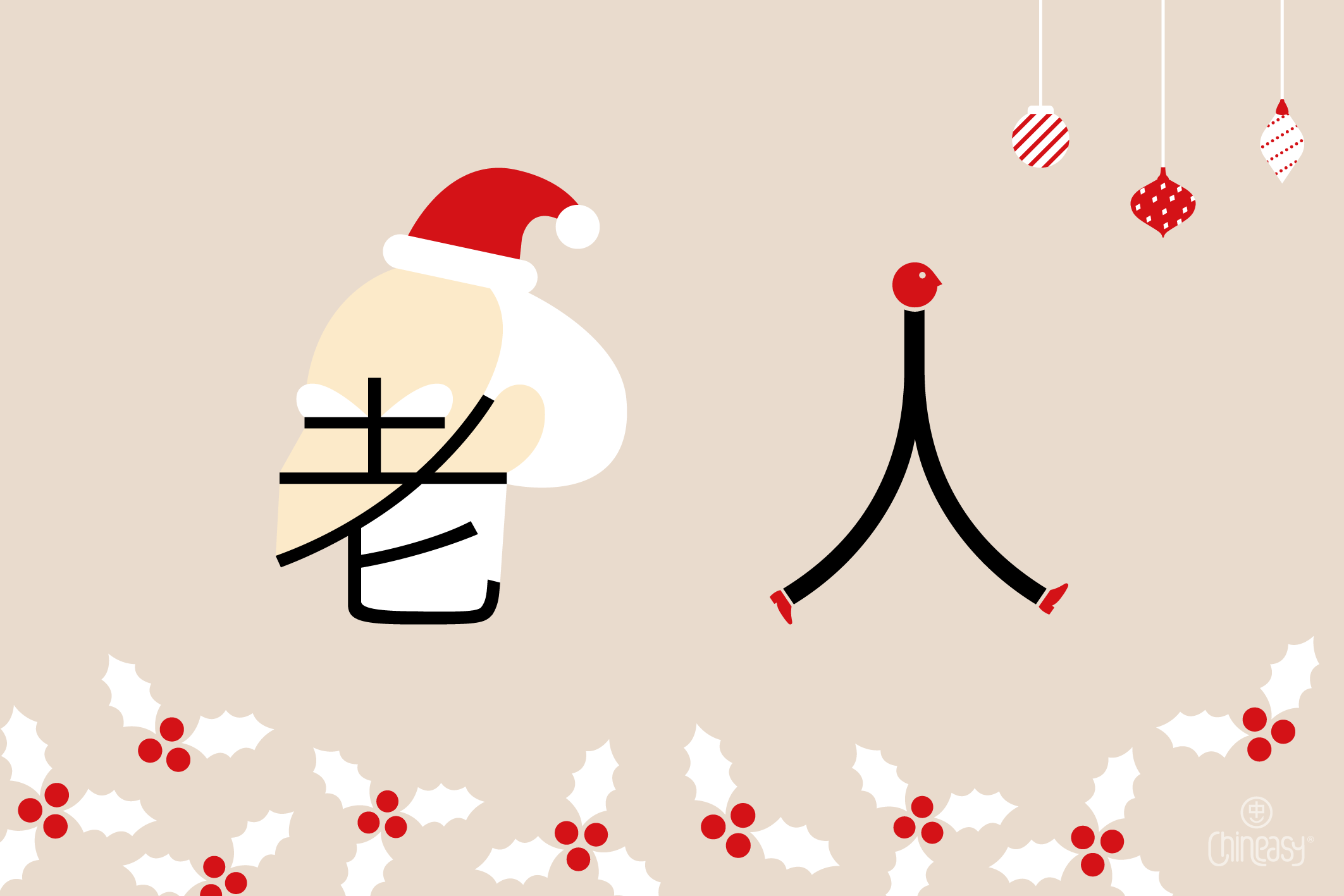Ever wondered, “Does Chinese have grammar?” If you’ve ever looked this up, you might have found yourself in the middle of some fiery debates.
But let’s clear the air: according to the experts, grammar is essentially a collection of rules.
Imagine grammar as the toolkit that lets us arrange words just right, ensuring we communicate effectively.
With this perspective, it’s clear that Chinese isn’t an exception; it has its own toolkit, just like every other language out there.
So, why do some still argue that the Chinese language somehow has no grammar?
In this post, we’ll dive into 5 widespread myths about Chinese grammar and debunk them once and for all
Chinese Has No Verb Conjugation
Does the language you speak change verbs to talk about past, present, or future actions?
For example, the verb “go” becomes “went” for something that happened and “will go” for something that hasn’t yet.
The Chinese language does things differently. Take the word 去 (qù), which means “to go.”
In Chinese, 去 stays the same no matter when the action happens. This might seem odd if you’re used to changing the form of verbs based on when something takes place.
Here’s how Chinese handles time without changing the verb:
Time words
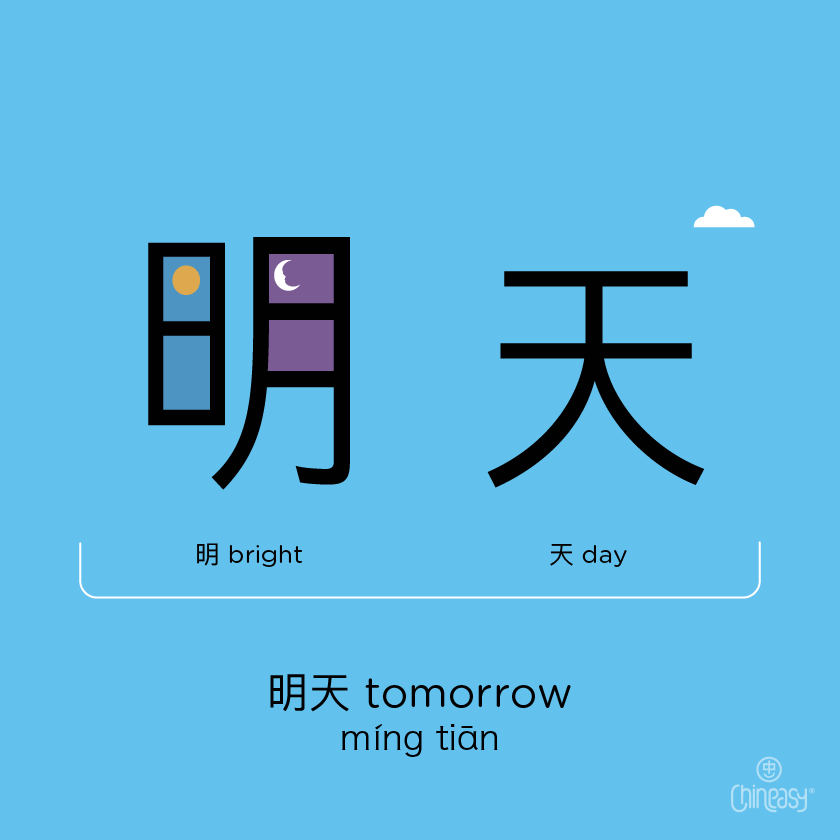
Chinese uses time words to tell us when something happens, such as 今天 (jīntiān) for “today,” 昨天 (zuótiān) for “yesterday,” and 明天 (míngtiān) for “tomorrow” help make it clear.
If you say 我明天去 (wǒ míngtiān qù), it literally translates to “I tomorrow go,” clearly showing the action is in the future.
Grammatical Markers
The Chinese language also uses special markers to show the time of an action, but not in the way English does with tense. Here are two examples:
– 了 (le): This marker often means an action is finished. So, 我去了 (wǒ qù le) can mean “I have gone” or “I went,” showing the action is complete.
– 會/会 (huì): This is used for future actions, similar to “will” in English. 我會去/我会去 (wǒ huì qù) means “I will go.”
To get the hang of this, think of Chinese not as tying time directly to verbs but using context, such as time words and some grammatical markers, to give us clues about when something happens.
Chinese Has No Plurals
In English, we add an “s” to make a word plural. For instance, “book” becomes “books” to show more than one.
But in Chinese, the word 書/书 (shū) stays the same whether you’re talking about one book or many.
This might leave you wondering, how do you tell if something is singular or plural in Chinese?
Here’s how Chinese handles plurals:
Numbers and measure words
Instead of changing the word itself, Chinese uses numbers and measure words to show quantity.
Chinese measure words, aka 量詞/量词 (liàng cí), are words that indicate units of measurement, similar to the English phrases “a cup of,” “a piece of,” or “a slice of,” etc.
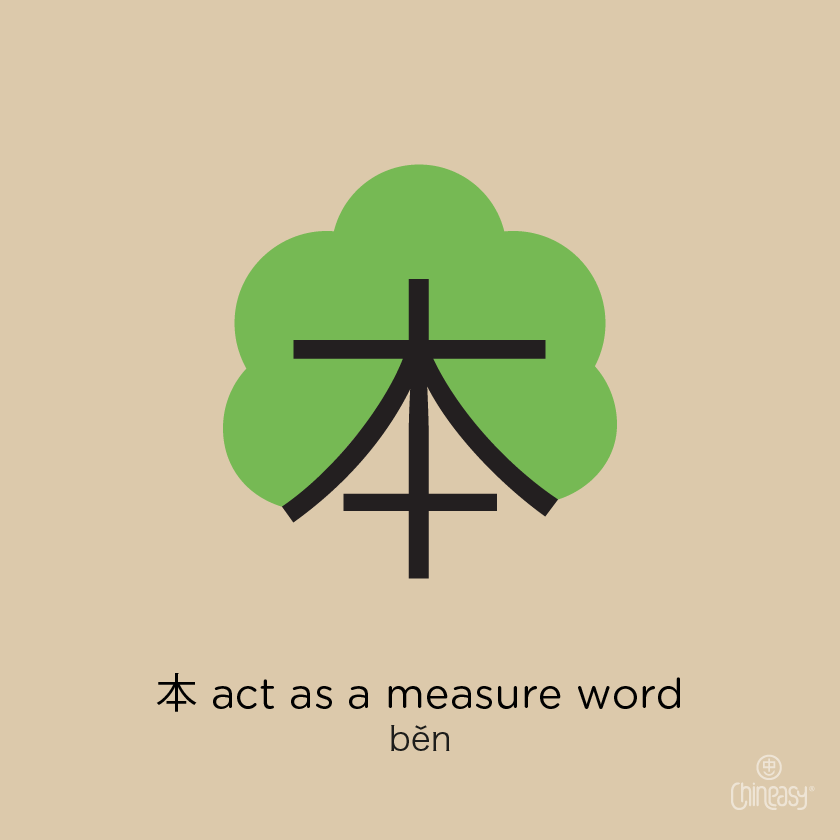
For example, to say “three books” in Chinese, it’s 三本書/三本书 (sān běn shū). Here, we have the number for “three,” 三, then the noun for “book,” 書/书. And between these two words is the measure word for book, 本.
Remember, a measure word is always placed between a number and a noun.
Words for quantity
Words such as “some,” “many,” or “a few” are used to express quantity. Chinese has equivalents, such as:
– 一些 (yīxiē) for “some.”
– 很多 (hěnduō) for “many” or “much.”
For instance, to say “some books” in Chinese, you would use 一些書/一些书 (yīxiē shū). Similarly, “many books” translates to 很多書/很多书 (hěnduō shū).
It’s important to note that when using these quantity words, measure words are not needed.
Exception for people
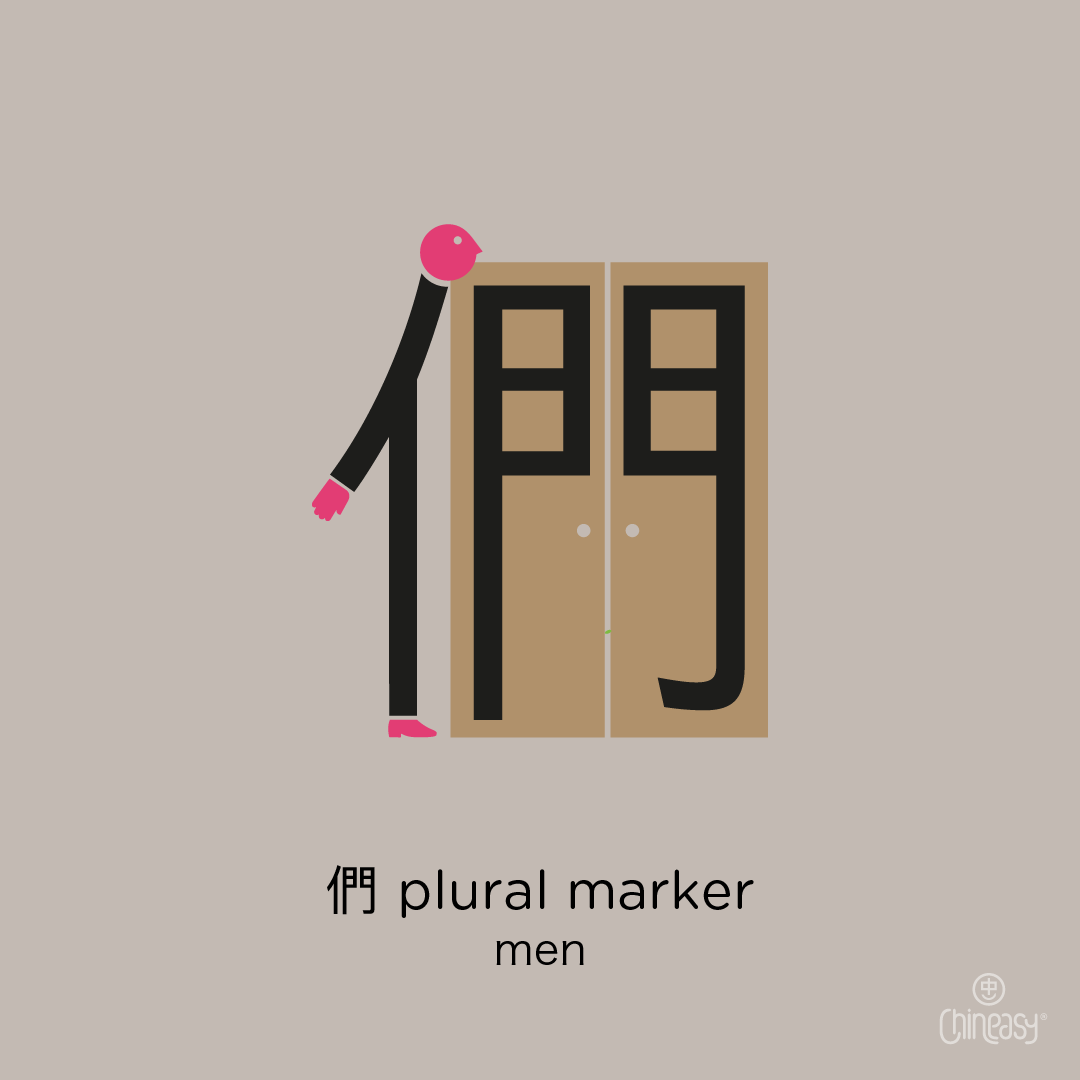
There’s a notable exception when talking about people. You can add the word 們/们 (men) after a pronoun or noun to indicate a group of people. For example:
– 我 (wǒ) means “I.” Adding the plural marker 們/们 (men) turns 我 (wǒ) into 我們/我们 (wǒmen), meaning “we.”
– 朋友 (péngyǒu) can mean “friend” or “friends,” but 朋友們/朋友们 (péngyǒumen) specifically means “friends.”
So, while Chinese doesn’t pluralize nouns the way English does, it has its own system to express the idea of more than one.
Chinese Has No Noun Genders
In many languages, like Spanish, French, and German, nouns have genders. This means that words can be masculine, feminine, or neuter, and this gender affects other words in a sentence, like adjectives and articles.
For example, in French, the word for “book” is masculine (“le livre”), while the word for “table” is feminine (“la table”).
However, in Chinese, nouns do not have genders. In other words, every Chinese noun is gender-neutral.
This simplicity means you don’t have to remember whether a noun is masculine or feminine or adjust other words in the sentence to match the noun’s gender.
Although the Chinese don’t use gender for nouns, it can still show if someone is a man or a woman when it comes to people.
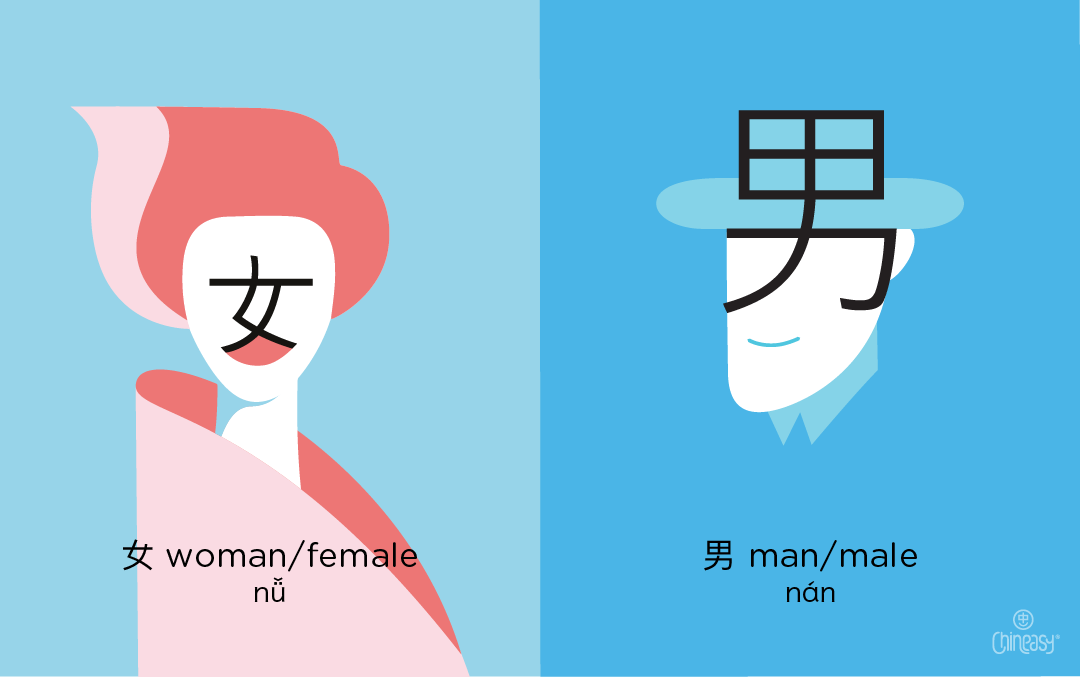
For “teacher,” which is 老師/老师 (lǎoshī), you can add a word in front to tell if the teacher is a man or a woman.
If you add 男 (nán), which means “man,” before 老師/老师, you get 男老師/男老师 (nán lǎoshī) for “male teacher.”
And if you put 女 (nǚ), which means “woman,” in front of 老師/老师, it becomes 女老師/女老师 (nǚ lǎoshī) for “female teacher.”
Chinese Has No Articles Before Nouns
In many languages, articles are small words placed before nouns to tell us if the noun is general (any) or specific.
In English, for example, we have “a” and “an” for general nouns and “the” for specific nouns.
However, in Chinese, this concept doesn’t exist in the same way. There are no articles like “a,” “an,” or “the” to put before nouns.
This means when you talk about a noun in Chinese, the language relies more on context to show whether something is general or specific.
For instance, to express the idea of “a book” in Chinese, you simply say 書/书 (shū; book).
If you want to specify “the book on the table,” you would say 桌子上的書/桌子上的书 (zhuōzi shàng de shū), literally “table on of book.”
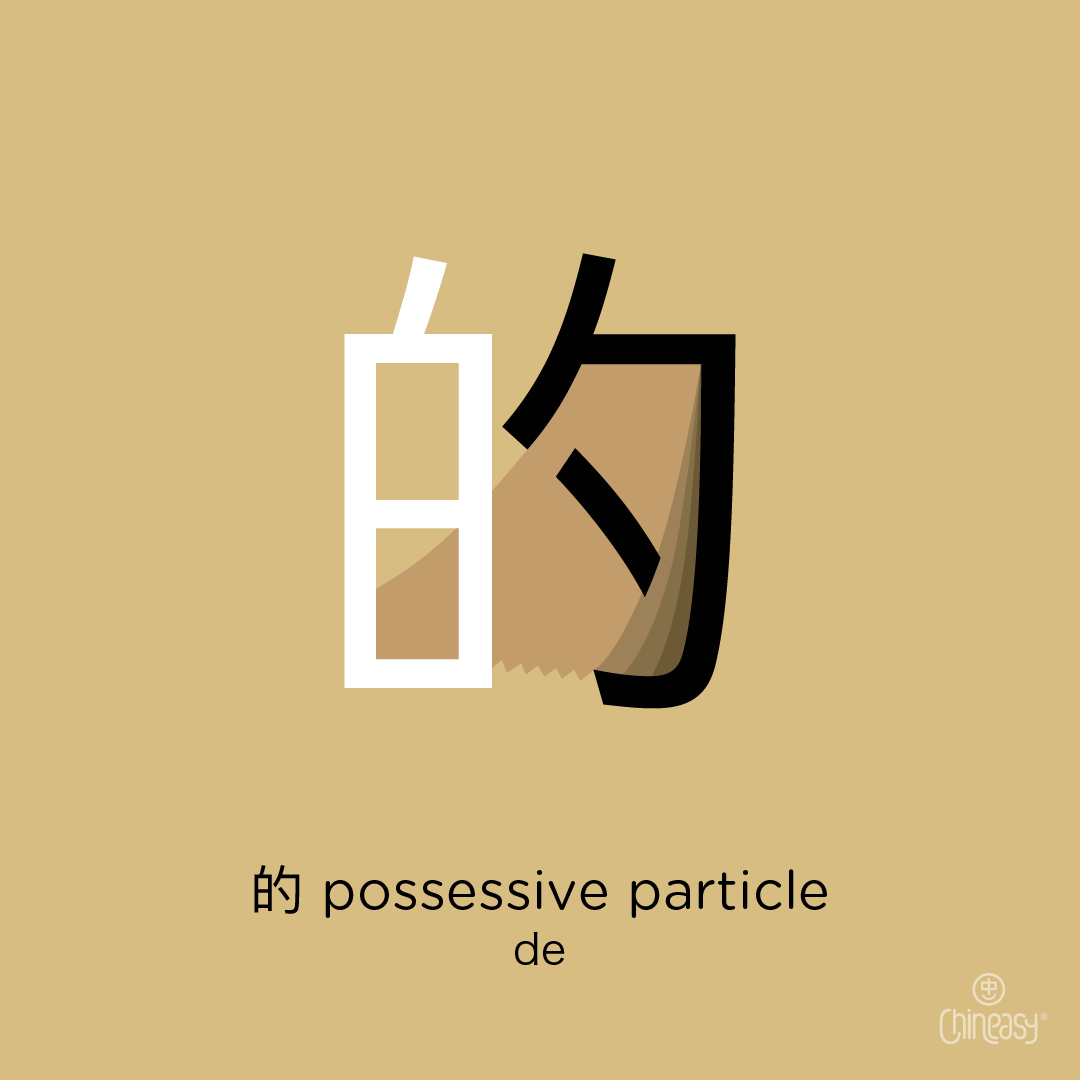
Here, 的 (de), is used to link nouns and show a relationship, similar to “of” in English, indicating the book that belongs to or is located on the table.
This demonstrates how Chinese relies on context and structural words like 的 (de) to convey specificity without articles.
Chinese Has No Passive Voice
In English, we distinguish between active and passive voice to shift the focus from the doer of the action to the receiver of the action.
While it’s a common belief that the Chinese language lacks a passive voice, this isn’t entirely accurate.
Chinese uses grammatical markers to achieve a similar effect, specifically with the use of 被 (bèi) and 把 (bǎ).
被 (bèi) for passive constructions
The marker 被 (bèi) is used to construct sentences highlighting the action’s receiver, much like the passive voice in English. For example:
– Active: The cat (subject) eats the fish (object).
– Passive (English): The fish is eaten by the cat.
– Chinese Equivalent in passive voice: 魚被貓吃了/鱼被猫吃了 (yú bèi māo chī-le), literally “fish by cat eaten.”
把 (bǎ) in Chinese sentences
While 把 (bǎ) doesn’t create a passive voice in the same way as 被 (bèi), it’s another tool that alters the typical subject-verb-object (SVO) order, allowing the speaker to emphasize the object being acted upon.
Thus, saying Chinese has no passive voice is a simplification; it’s more accurate to note that Chinese uses grammatical markers, like 被 (bèi) and 把 (bǎ), to convey similar meanings without directly mirroring the English passive voice.
So, we’ve debunked 5 big myths about Chinese grammar. Believing that Chinese lacks grammar only makes learning harder. Instead, familiarizing yourself with its special rules can lead to clearer and more effective learning.
Chinese grammar, with its unique approach to verbs, plurals, and sentence structure, might function distinctly compared to your first language. By understanding and valuing these differences, you’ll find yourself becoming more proficient in Chinese.

